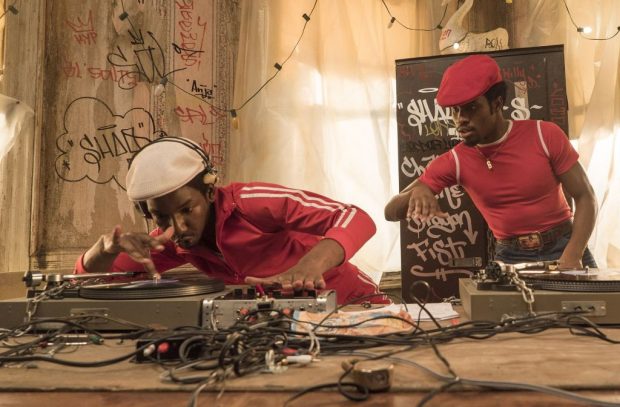
The birth of subculture from the rubble of the big city juggernaut: The novel “City On Fire” and the television series “The Get Down” are a reminder of how hip-hop, disco, and punk exploded in New York in 1977.
This story tells of how lightning struck New York City in 1977 and how the subculture exploded in a city that had hit rock bottom. But it doesn’t begin between the burning houses of the South Bronx or in the shabby houses on the Lower East Side, but in a Stuttgart basement disco between Calwer and Kronprinzenstrasse.
READ: Interesting Facts: Everything You Need to Know About the Palm Islands of Dubai
On a Friday evening in January 2011, a grim man was standing at the DJ booth in Romy S. “This turntable is completely useless,” cursed the cap wearer who calls himself Grandmaster Flash and is supposed to do what he better in a few hours on 12inch Friday than anyone else can: put on records. He has been working as a DJ for over 30 years.
When Joseph Saddler grew up in the South Bronx in New York, he has been spinning records since the 1970s, but soon gets bored with playing one song at a time, starts playing different records at the same time, going through certain breaks Playing the turning back of a record over and over again develops incredible dexterity in so-called scratching, this new cultural technique that will later shape the hip-hop boom.
In 2011 in Stuttgart, however, Grandmaster Flash has absolutely no desire to talk about his role as a hip-hop pioneer, and about 1977, when he wasn’t the only lightning bolt to hit New York City. “t’s all long gone,” he said sullenly at the time, “everything has already been saying.”
He has changed his mind – and the TV series “The Get Down” can prove it. In it, Baz Luhrmann blends musical, comedy, and drama from the year 1977, when the Bronx burned and the ruins of the New York ghetto were transformed into exciting new music called hip-hop.
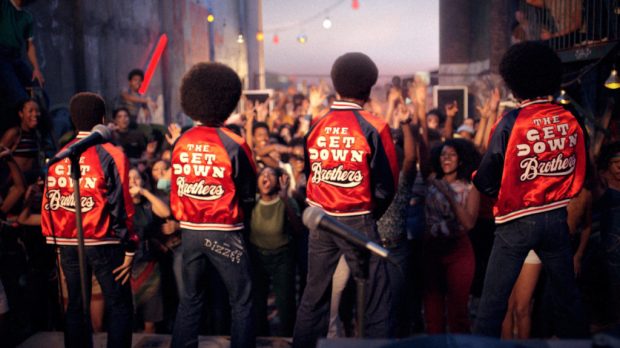
“The Get Down” stages a mythical hero’s journey. In this, none other than Grandmaster Flash becomes a kind of Obi-Wan Kenobi for his young music students. Grandmaster Flash – now 58 years old – advised Luhrmann on the project and is the executive producer. And when the series isn’t busy with its Romeo and Juliet plot, it tells the story of hip-hop – the way it sees Grandmaster Flash.
See also 13 Bizarre Ways NYC Was Almost A Little More Extra
“The Get Down” not only sets a monument to Grandmaster Flash and hip-hop, but also to 1977, which is extraordinary even for the excitement of New York. The city is broken, dangerous, and broke, but full of energy.
While hip-hop is emerging in the South Bronx and the disco wave is experiencing its eccentric-hedonistic climax with the opening of Studio 54 in Midtown, the area between the Lower East Side and the East Village is becoming the home of a new bohemian and the CBGB’s on the Bowery to the epicenter of the punk and new wave scene. Hilly Kristal, who lets every band play here, who drag their system onto the stage and not only have cover songs in the program, is the first to get the Ramones, Blondie, Talking Heads, Patty Smith, or television appearances.
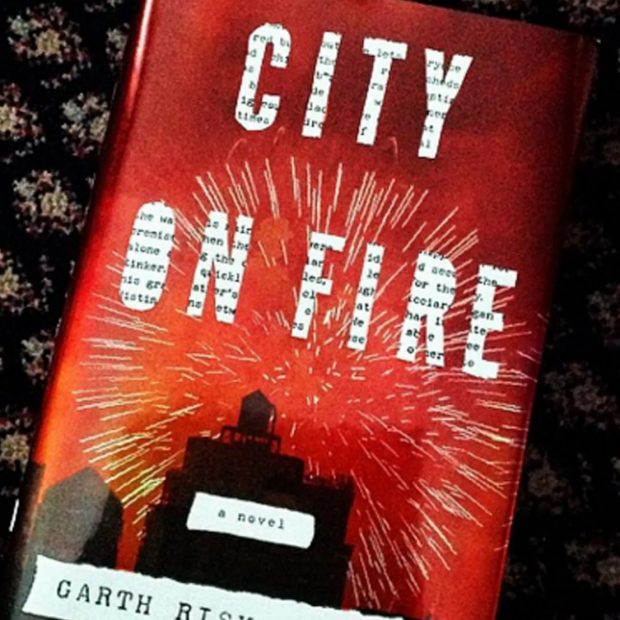
Garth Risk Hallberg’s sensational, overwhelming novel “City On Fire” is set in this world. While “The Get Down” is a comic overdrawing New York of 1977 in bright colors, Hallberg’s literary counter-draft is a grandiose, condensed, large-scale work in cool black and white tones.
One of the characters that Hallberg came up with is 17-year-old Samantha, who writes an underground punk fanzine and is found half dead in Central Park at some point. Or her friend of the same age, Charlie, for whom the big, wild city and its subculture are his first great adolescent adventure. Or the gay corporate heir William Hamilton-Sweeney III, who has achieved a little fame under the pseudonym Billy Three-Sticks as the singer of the punk band Ex Post Facto.
See also 20 Captivating Attractions in New York You Must Visit
If the USA was really great, as Donald Trump suggests in his advertising slogan “Make America Great Again”, then it certainly wasn’t there and at this time. In 1977, Times Square is not a Disneyland for tourists, but a playground for pimps and prostitutes, you only go to Central Park if you really want to be robbed, a serial killer called Son Of Sam terrifies New Yorkers.
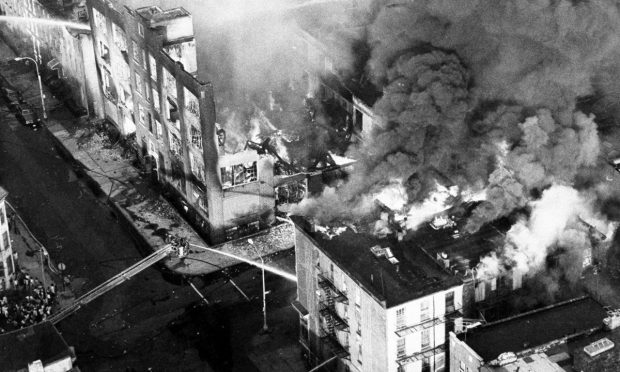
And as if it needed another escalation, the lights go out. After a lightning strike, New York experienced its darkest night on July 13, 1977.
The blackout lasted 25 hours and nine million people are without electricity. The city is in a state of emergency – chaos, devastation, looting. The police are overwhelmed, and the next day countless new punk bands are formed and hip-hop crews begin their careers – with instruments and equipment that they stole during the blackout.
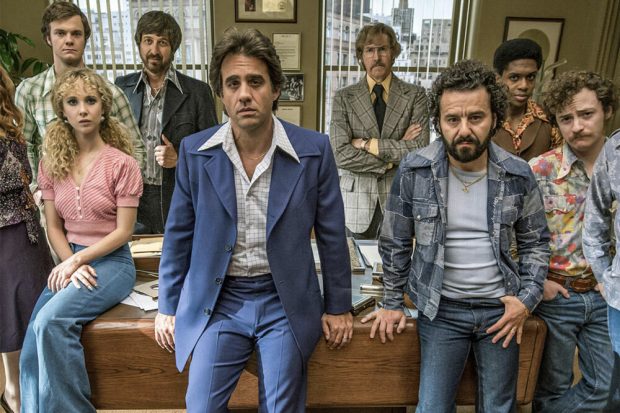
“Vinyl”
As different as the perspectives “The Get Down” and “City On Fire” choose when looking at this city and this time, the series and the novel are so closely connected that the day when lightning strikes make the dramaturgically decisive moment of their narratives. And that they zealously promote the creation of myths about New York in the 1970s – just like Terence Winter’s TV series “Vinyl” (HBO) or Don Cheadle’s Miles Davis biopic “Miles Ahead”.
In the meantime, the CBGB’s has given way to a men’s outfitter, Studio 54 is now a theater, and hip-hop has moved to the west coast. And Grandmaster Flash still travels tirelessly through the world. But the man who turned turntables into musical instruments now prefers to leave the vinyl discs at home: “because they are way too bulky,” he said back in January 2011 at the Romy S. The record case was replaced by a computer full of sound files. But this is another story.
Like us on Facebook for more stories like this: